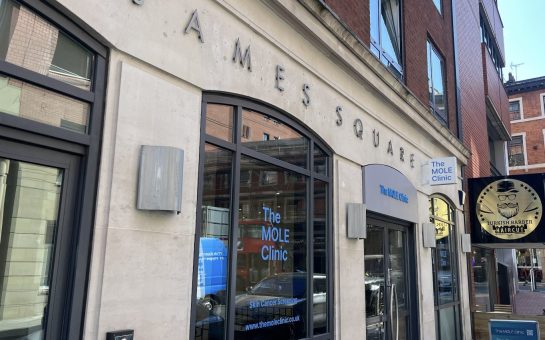Tameside General has been exposed as having had a higher death rate than the national average during the year spent in special measures.
The east Manchester hospital has been named by the Health and Social Care Information Centre (HSCIC) as one of nine trusts in the country that had a ‘higher than expected’ mortality ratio between June 2013 and July 2014.
There was a 15.7% gap between the number of deaths that occurred and the number that would be expected based on the characteristics of patients treated at the hospital.
In July it was announced that Tameside would remain in special measures for another six months, following NHS Medical Director Bruce Keogh’s initial review in 2013.
According to the HSCIC, the Summary Hospital-level Mortality Indicator (SHMI) is not an immediate sign of good or bad performance for trusts, but rather a ‘smoke alarm’ to be investigated internally.
The SHMI is one of several methods used by hospitals to measure their mortality rates, and includes people who die in hospital or within a month of being discharged.
HSCIC chair Kingsley Manning said: “The SHMI gives trusts a way of comparing their mortality outcomes to the national baseline.
“This information can then be used with other indicators and evidence as a prompt for trusts to undertake further investigations of their services where necessary.”
The HSCIC warn that a trust’s SHMI outcome should be considered alongside other evidence and that mortality rates should not be compared between hospitals. It also says that it is ‘inappropriate to rank trusts according to their SHMI’.
A statement from Tameside Hospital said: “Over the past 18 months, since the Sir Bruce Keogh review, the Trust has continued to see a reduction in the mortality indices used to measure the number of unexpected deaths at a hospital.
“Today’s published data relates to May 2013 to June 2014, the period of time when the Trust was placed into special measures.
“We focus on the quality of care that patients receive who have died at the hospital and we review every case; as a result we continue to see a reduction in the number of cases.”
Image courtesy of Google Maps, with thanks



